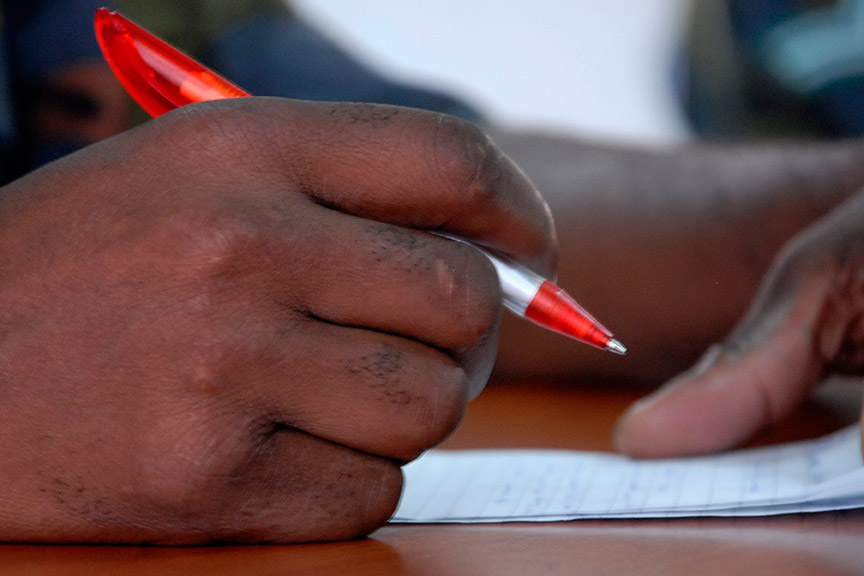Following the World Humanitarian Summit consultation in Geneva in October 2015, Sean Lowrie, Director of the Start Network, penned an open letter to Mihir Bhatt, Director of the All India Disaster Mitigation Institute (AIDMI). Below is Mahir’s response.
Dear Sean,
Pardon this delay in my reply to your most kind letter to me. I was busy with COP21 Paris preparations for our partners and authorities who are arguing for integration of Disaster Risk Reduction and Climate Change Adaptation into one and I was later suddenly and overwhelmingly drawn into responding to the most unusual floods in the city of Chennai in coastal India.
Many thanks for your valuable thoughts about international humanitarian system. I agree with you that moment has come indeed for civil society humanitarian actors to seek what you call common narrative. And let me stop here at common narrative. And share my views on “common narrative”.
I tossed my views on common narrative with three Tibetan refugees—Tsering, Nyima, and Dawa. We were having lunch today. Tibetans as you know have been refugees spread in 50 locations across India for over 50 years. All three above mentioned friends are now in Switzerland but have family and friends spread in India. They offered the spread and length of the humanitarian action that was truly international and yet the refugees have survived on mostly very local or sub national measures.
We think the need for common narrative is evident in certain type of humanitarian actions, but can there be a common narrative? Ever? What is common narrative of Tibetan humanitarian action that is now very international and yet still a crisis. Humanitarian actors are so many and think about the humanitarian action in so many ways. Why not allow each of humanitarian actors to have “many narratives” or multiple narration? Narratives that contradict and collide? And surpass and bypass? Narratives that are commonly uncommon and uncommonly common? Common narrative has its concrete use in coordinating, controlling, commanding, and making issues more “dealable” for humanitarian action. But humanitarian action is far more broader and longer. Multiple narratives open us windows to start addressing issues of power, transformation, rights, time, risk leadership, and uncertainty so on. I can add more to show why “common narrative” alone is limited and limiting both.
If we suggest a system that enables everyone to be a humanitarian, the system must also allow everyone to have their own narrative that remains distinct and yet allows the system to move on in the common interest. The challenge is to find ways to design such as system.
So what do we do differently to move towards designing such a system that deals with both, “common” and “diverse” narratives simultaneously? Some ideas came up in discussion with my Tibetan friends. Let us support and fund multiple narratives, more Southern and local and differing narratives. Let us find ways so that different narratives are allowed to build partnerships, as against break or limit partnerships, to take humanitarian action at local level. Let us have more narratives around not only impact of a disaster, but also around other matters such as the transfer and use—top down and later—of resources by humanitarian actors. The list can be developed further. Let me stop here.
Your letter has many other very important points—synthesis report, what already lies within eyesight, boundaries of the aid system, how international is internation, how humanitarian is humanitarian action—that I wish to address these points soon if you find my first response to your letter of interest.
My best wishes to you Sean, and deep respect.
Mihir R. Bhatt

